选择热点
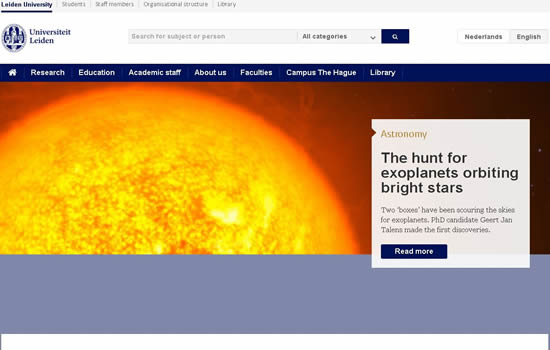 荷兰莱顿大学
荷兰莱顿大学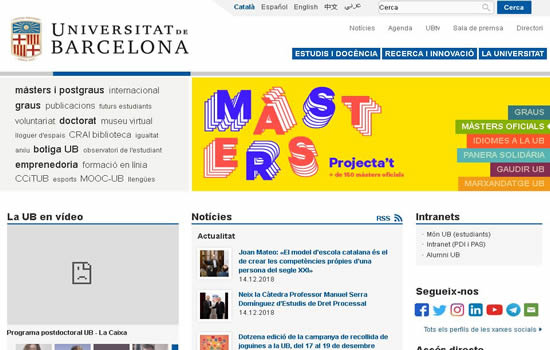 西班牙巴塞罗那大学
西班牙巴塞罗那大学 巴西圣保罗大学 University of Sao Paulo, Brazil
巴西圣保罗大学 University of Sao Paulo, Brazil 台湾南华大学 University of South China in Taiwan
台湾南华大学 University of South China in Taiwan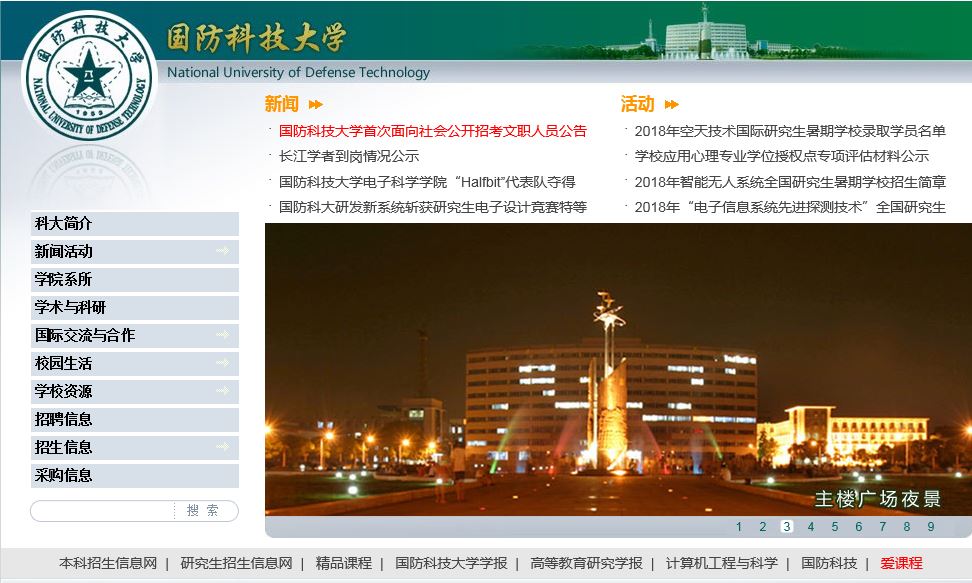 科技大学 National University of Defense Technology
科技大学 National University of Defense Technology 南京大学 Nanjing University
南京大学 Nanjing University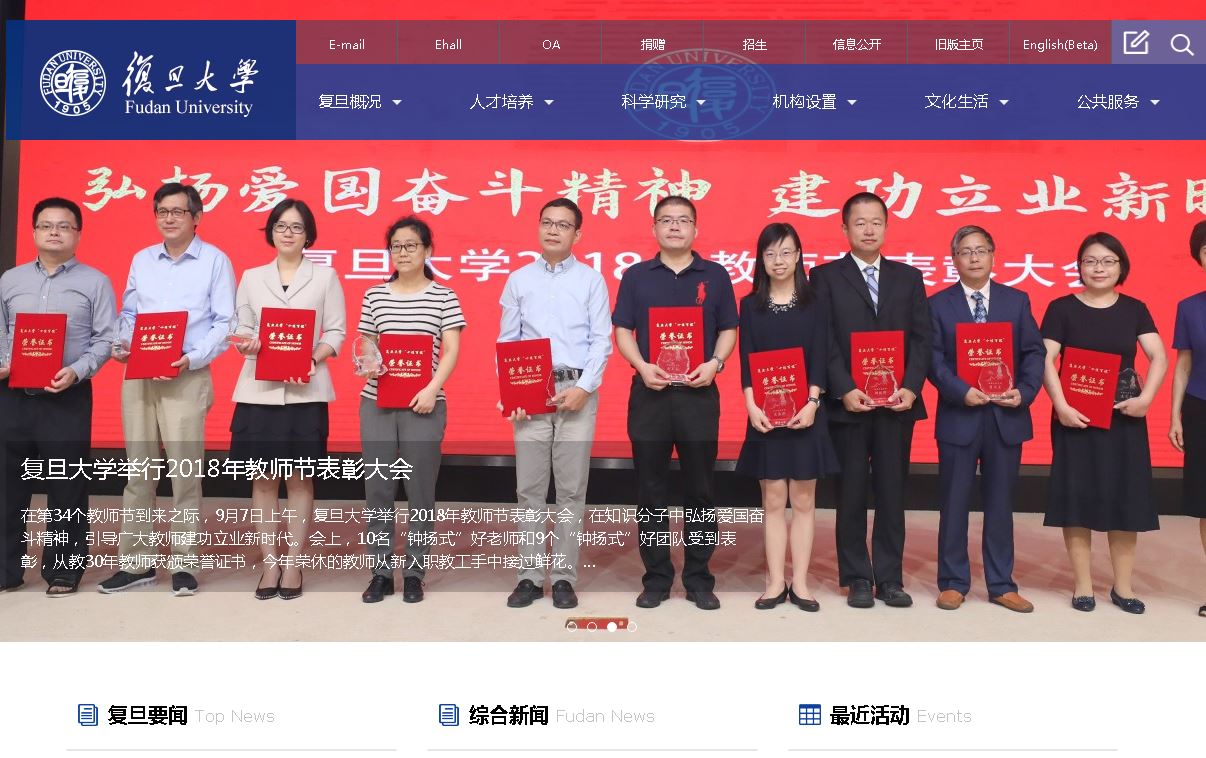 上海复旦大学 Fudan University
上海复旦大学 Fudan University 泗水大学(Ubaya)
泗水大学(Ubaya) 印尼大学 universitas indonesia
印尼大学 universitas indonesia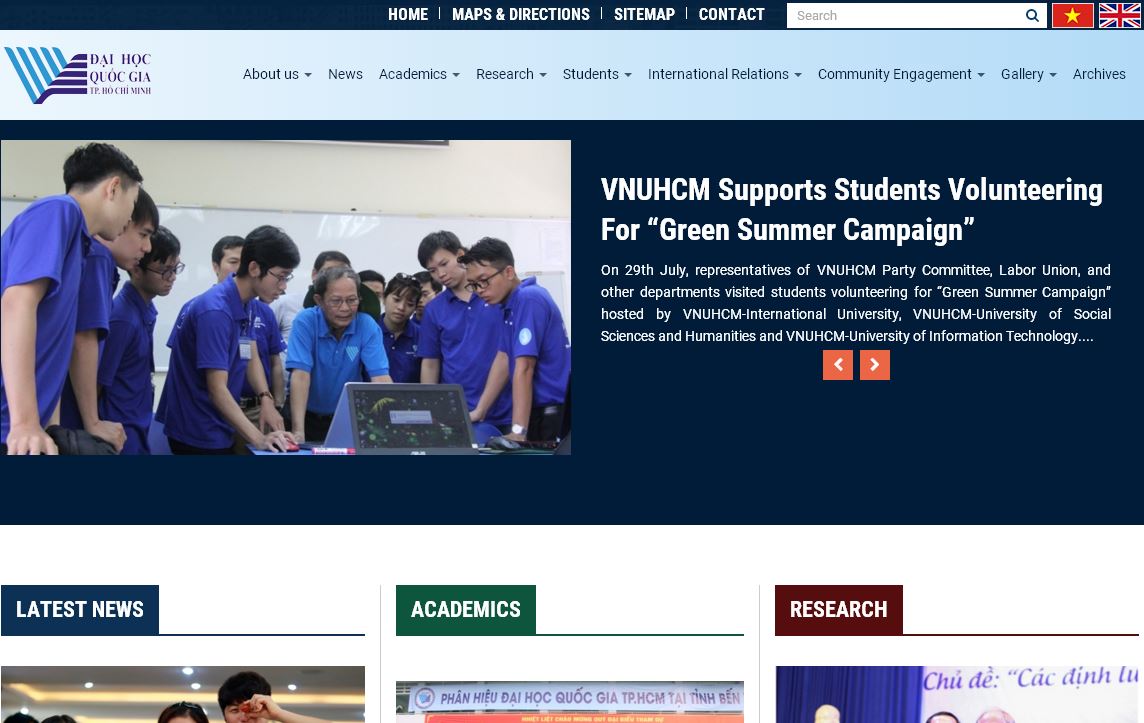 越南某大学 Vietnam National University
越南某大学 Vietnam National University 菲律宾大学 University Of The Philippines
菲律宾大学 University Of The Philippines
名词所有格的用法
发布时间:2025-01-06
来源:大学网站
名词所有格的用法1.
名词的格的种类英语名词有三个格,即主格、宾格和所有格。
名词的主格和宾格形式相同,所以它们又统称作通格。
当名词用作主语、宾语、表语时,用通格。
英语名词的所有格表示所属关系,它分-’s 所有格和 of 所有格两种形式。
Tom loves Mary.
(Tom 为主格,Mary 为宾格,均为通格形式)Tom’s best friend is Mary.
(Tom’s 是所有格,Mary 为通格)The title of the book is interesting.
(of the book 为所有格)2.
-’s所有格的构成方法(1) 一般情况(包括单数名词和不带词尾s的复数名词)加 -’s:children’s books 儿童图书 today’s paper 今天的报纸(2) 带词尾s的复数名词只加省字撇(‘):girls’ school 女子学校 the Smiths’ car 史密斯家的小汽车注:带词尾s的单数名词,通常仍加’s:the boss’s plan 老板的计划 the hostess’s worry 女主人的担心(3) 带词尾s的人名,可加’s 或只加省字撇(‘):Dickens’ novels 狄更斯的小说 Charles’s job 查理斯的工作不带词尾-s却以咝音结尾者,一律加’s:Marx’s works 马克思的著作 George’s room 乔治的房间(4) 用and连接的并列连词的所有格要分两种情况,即表示各自的所有关系时,要分别在并列连词后加-’s,表示共同的所有关系时,只在最后一个名词后加-’s:Tom’s and Jim’s rooms 汤姆和吉姆(各自)的房间Tom and Jim’s rooms 汤姆和吉姆(共同)的房间
3.
-’s所有格的用法-’s 所有格主要用于有生命的东西,但有时也可用于无生命的东西,这主要见于:(1) 用于表时间的名词后:tomorrow’s weather 明天的天气 two days’ journey 两天的旅程比较:ten minutes’ break = a ten-minute break 10分钟的休息(2) 用于表国家、城市的名词后:America’s policy 美国的政策 the city’s population 这个城市的人口(3) 用于某些集合名词后:the majority’s view 多数人的观点 the government’s policy 政府的政策(4) 用于组织机构后:the station’s waiting-room 车站候车室the newspaper’s editorial policy 这家报纸的编辑方针(5) 用于度量衡及价值名词后:a mile’s distance 1英里的距离 twenty dollar’s value 20 美元的价值注:对于带有连字符已转化为形容词的度量衡,不能用所有格形式:ten-minute walk 10分钟的路程(比较:ten minutes’ walk)(6) 用于表天体的名词后:the moon’s rays 月光 the earth’s surface 地球表面(7) 用于某些固定表达中:a stone’s throw 一箭之遥 at one’s wit’s end 黔驴技穷at arm’s length 以一臂之距 out of harm’s way 在完全的地方4.
-’s 所有格与of 所有格的用法比较(1) of 所有格既可用于有生命的人或物,也可用于无生命的东西。
of 所有格有时可以与-’s 所有格互换。
如:Mr Smith’s son = the son of Mr Smith 史密斯先生的儿子Jim’s patience = the patience of Jim 吉姆的耐心 the Queen’s arrival = the arrival of the Queen 女王的到达(2) 必须用 ‘s 所有格的情形:①表类别时:men’s shoes 男鞋,children’s stories 儿童故事 ②表来源时:John’s telegram 约翰的电报 ③当被修饰的名词后有同位语修饰时:Mary’s husband, a policeman, has just been here.
玛丽的丈夫是个警察,刚刚来过这儿。
(3) 必须用of 所有格的情形:①用于无生命的事物时:the subject of the sentence 句子主语 ②表同位关系时:the City of Beijing 北京市③当中心词是名词化的名词时:the life of the poor 穷人的生活④当of 所有格中的名词后跟有后置修饰语或同位语时:Mr Smith is a foreign teacher of a university in China.
史密斯先生是中国一所大学的外籍教师。
【名词所有格的用法查看网站:[db:时间]】
名词的格的种类英语名词有三个格,即主格、宾格和所有格。
名词的主格和宾格形式相同,所以它们又统称作通格。
当名词用作主语、宾语、表语时,用通格。
英语名词的所有格表示所属关系,它分-’s 所有格和 of 所有格两种形式。
Tom loves Mary.
(Tom 为主格,Mary 为宾格,均为通格形式)Tom’s best friend is Mary.
(Tom’s 是所有格,Mary 为通格)The title of the book is interesting.
(of the book 为所有格)2.
-’s所有格的构成方法(1) 一般情况(包括单数名词和不带词尾s的复数名词)加 -’s:children’s books 儿童图书 today’s paper 今天的报纸(2) 带词尾s的复数名词只加省字撇(‘):girls’ school 女子学校 the Smiths’ car 史密斯家的小汽车注:带词尾s的单数名词,通常仍加’s:the boss’s plan 老板的计划 the hostess’s worry 女主人的担心(3) 带词尾s的人名,可加’s 或只加省字撇(‘):Dickens’ novels 狄更斯的小说 Charles’s job 查理斯的工作不带词尾-s却以咝音结尾者,一律加’s:Marx’s works 马克思的著作 George’s room 乔治的房间(4) 用and连接的并列连词的所有格要分两种情况,即表示各自的所有关系时,要分别在并列连词后加-’s,表示共同的所有关系时,只在最后一个名词后加-’s:Tom’s and Jim’s rooms 汤姆和吉姆(各自)的房间Tom and Jim’s rooms 汤姆和吉姆(共同)的房间
3.
-’s所有格的用法-’s 所有格主要用于有生命的东西,但有时也可用于无生命的东西,这主要见于:(1) 用于表时间的名词后:tomorrow’s weather 明天的天气 two days’ journey 两天的旅程比较:ten minutes’ break = a ten-minute break 10分钟的休息(2) 用于表国家、城市的名词后:America’s policy 美国的政策 the city’s population 这个城市的人口(3) 用于某些集合名词后:the majority’s view 多数人的观点 the government’s policy 政府的政策(4) 用于组织机构后:the station’s waiting-room 车站候车室the newspaper’s editorial policy 这家报纸的编辑方针(5) 用于度量衡及价值名词后:a mile’s distance 1英里的距离 twenty dollar’s value 20 美元的价值注:对于带有连字符已转化为形容词的度量衡,不能用所有格形式:ten-minute walk 10分钟的路程(比较:ten minutes’ walk)(6) 用于表天体的名词后:the moon’s rays 月光 the earth’s surface 地球表面(7) 用于某些固定表达中:a stone’s throw 一箭之遥 at one’s wit’s end 黔驴技穷at arm’s length 以一臂之距 out of harm’s way 在完全的地方4.
-’s 所有格与of 所有格的用法比较(1) of 所有格既可用于有生命的人或物,也可用于无生命的东西。
of 所有格有时可以与-’s 所有格互换。
如:Mr Smith’s son = the son of Mr Smith 史密斯先生的儿子Jim’s patience = the patience of Jim 吉姆的耐心 the Queen’s arrival = the arrival of the Queen 女王的到达(2) 必须用 ‘s 所有格的情形:①表类别时:men’s shoes 男鞋,children’s stories 儿童故事 ②表来源时:John’s telegram 约翰的电报 ③当被修饰的名词后有同位语修饰时:Mary’s husband, a policeman, has just been here.
玛丽的丈夫是个警察,刚刚来过这儿。
(3) 必须用of 所有格的情形:①用于无生命的事物时:the subject of the sentence 句子主语 ②表同位关系时:the City of Beijing 北京市③当中心词是名词化的名词时:the life of the poor 穷人的生活④当of 所有格中的名词后跟有后置修饰语或同位语时:Mr Smith is a foreign teacher of a university in China.
史密斯先生是中国一所大学的外籍教师。
【名词所有格的用法查看网站:[db:时间]】
- 上一篇: 现在进行时表示将来意义
- 下一篇: 一般现在时表将来
相关阅读
目录列表
资讯列表
英语资讯


共0条评论
网友评论温馨提示:您的评论需要经过审核才能显示,请文明发言!